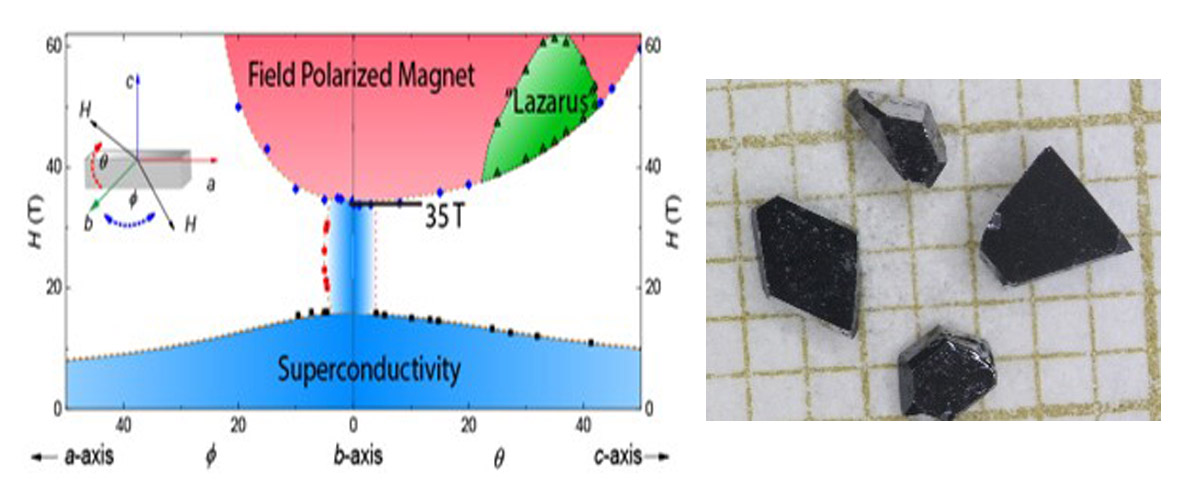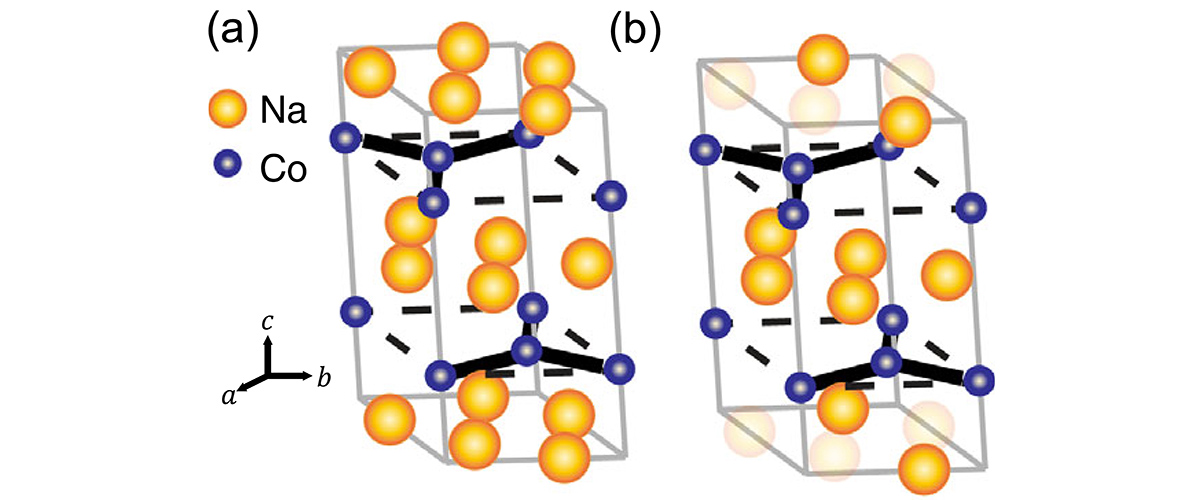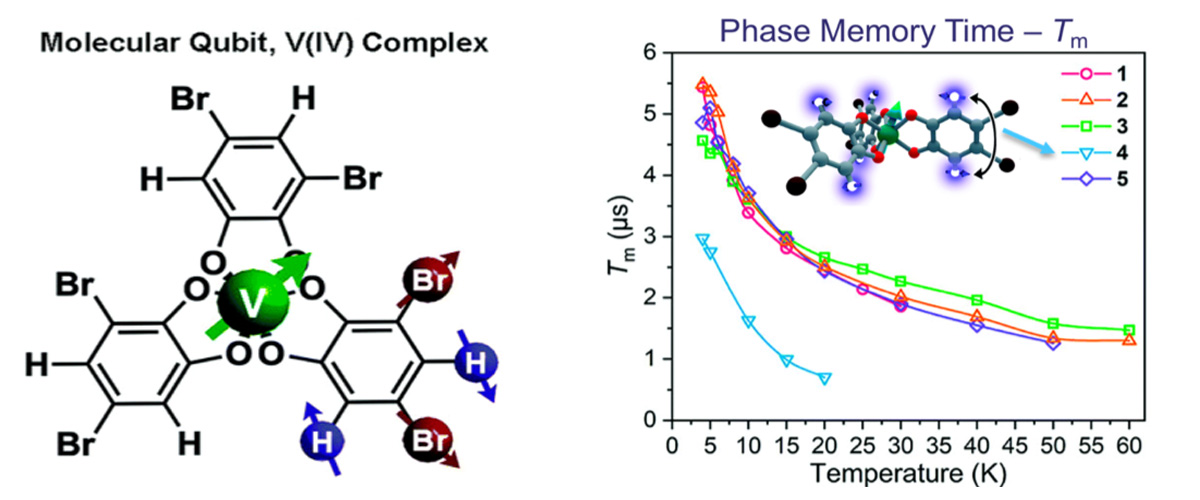What did scientists discover?
The optical spectrum of an atomically-thin semiconductor — a single atomic layer of tungsten diselenide, or WSe2 — was measured in extremely strong pulsed magnetic fields up to 65 teslas.
Why is this important?
The high magnetic fields allowed us to directly measure, for the first time, the mass of the fundamental particles in this new family of two-dimensional (2D) materials. In all semiconductors, the fundamental optical excitation is the exciton (a bound electron-hole pair), which plays an essential role in technological applications such as solar cells or light-emitting diodes (LEDs). These excitons have a "weight" (i.e., mass), which influences nearly all aspects of device performance. In the recently-discovered class of 2D semiconductors such as WSe2 or MoS2, the exciton’s mass had until now only been inferred from theory. In this work, we provide the first experimental measurement of this important and fundamental material parameter. These 2D semiconductors are expected to form the basis of a new generation of ultrathin, lightweight, and efficient optoelectronic devices.
Who did the research?
Andreas V. Stier1, Nathan P. Wilson2, Kirill A. Velizhanin3, Junichiro Kono4, Xiaodong Xu2, Scott A. Crooker1
1National MagLab-Los Alamos; 2University of Washington; 3Los Alamos National Lab; 4Rice University
Why did they need the MagLab?
The most reliable way to measure the mass of excitons in a semiconductor is to study their behavior in high magnetic fields. These new materials require much higher magnetic fields than traditional semiconductors like silicon and GaAs.
Details for scientists
- View or download the expert-level Science Highlight, Exciton States in a New Monolayer Semiconductor
- Read the full-length publication, Magnetooptics of Exciton Rydberg States in a Monolayer Semiconductor, in Physical Review Letters
Funding
This research was funded by the following grants: G.S. Boebinger (NSF DMR-1157490); N.P. Wilson, X.Xu (DOE DE-SC0018171)
For more information, contact Scott Crooker.





